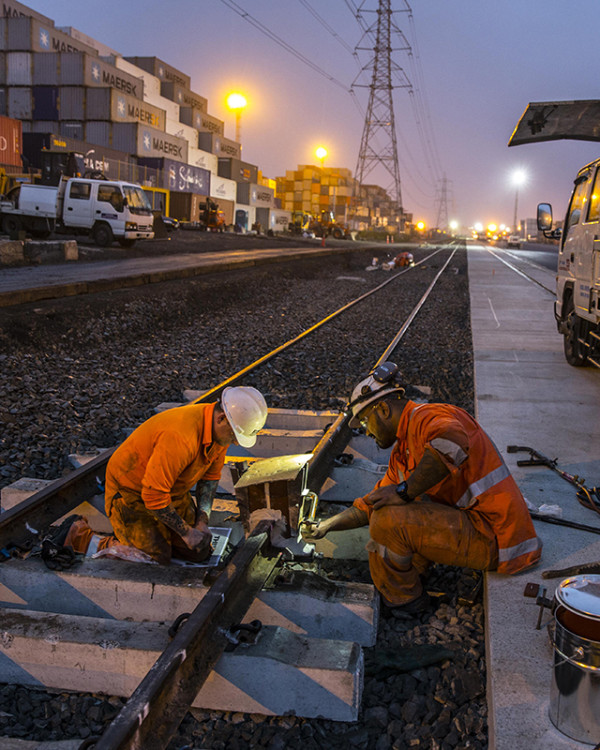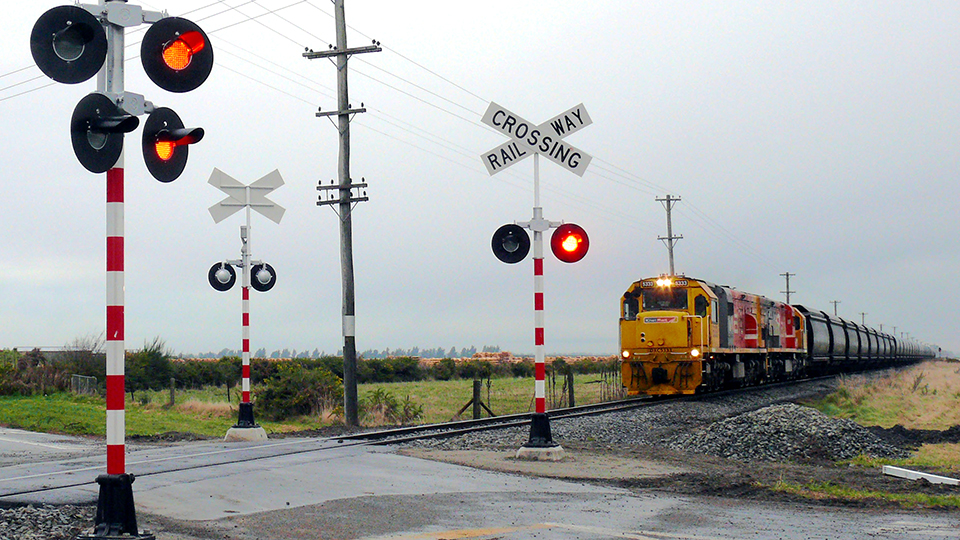Permit to Enter
To apply for a Permit to Enter CLICK HERE
For anyone applying for the first time, Information is provided below
Why do I need a Permit to Enter?
KiwiRail Permit to Enter is essential for ensuring the safety and coordination of activities within or near our operational rail areas.
Here’s why obtaining a permit is necessary:
- Safety: The rail corridor is a high-risk environment. A Permit to Enter ensures that all safety protocols are in place to protect workers, rail users, and the public.
- Coordination: It helps in scheduling work so that it doesn’t conflict with rail operations, ensuring that trains can run smoothly and on time.
- Compliance: Holding a permit ensures that the work complies with the Railways Act 2005, avoiding legal and operational complications. Failure to attain and produce a Permit, is in breach of this Act.
- Impact Assessment: The Permit to Enter process allows KiwiRail to assess and mitigate any potential impacts your work might have on rail operations.
- Access Control: It regulates access to the rail corridor, which is crucial for maintaining security and operational integrity.
Essential information is provided on the following pages:
- KiwiRail Sponsored Permit Process
Remember, the Permit to Enter is not just a formality; it’s a critical component of our commitment to safety and efficiency. Whether you’re working directly on the tracks or in the vicinity, your activities could affect the rail corridor. The Permit to Enter process ensures that all parties are aware of and can prepare for any risks or disruptions.
Before Applying
KiwiRail Customer Number Provision
- When applying for a Permit to Enter, it is essential to provide your unique KiwiRail Customer Number. This number facilitates the tracking and management of your permits.
- Important Note: If you have previously used Customer Number 910111, please be aware that this is a designated cash account number and not a personal customer number. In such cases, you must select the option indicating that you do not have a customer number. This will ensure that your application is processed correctly and associated with the appropriate account.
Purchase Order
- Please ensure that you supply a Purchase Order or Credit Card details on the application.
Traffic Management Plan Review
Level Crossing: TMP Review Requirements
- Draft TMP Review: KiwiRail must review all draft Traffic Management Plans (TMPs) within 100 meters of a level crossing. This review is to ensure that the proposed TMPs do not adversely affect the safe operation of the level crossing.
- Approval and Submission of TMP: Following the initial review by KiwiRail and subsequent approval by roading corridor managers, the final approved TMP must be submitted to KiwiRail. This step is crucial to confirm that all safety considerations have been addressed and validated.
Send Traffic Management Plans for proposed works to: Corridor Access Team
Permit Requirements: (TMP)
Examples where a permit might be required:
- When work is within 5 metres of the rail
- Plant / personnel are within 5 metres of the rail
- It is deemed necessary for safety or operational reasons
Exceptions to this will be at the discretion of the Corridor Access Team, KiwiRail may request additional evidence to identify how you are planning to manage traffic flows.
Rail Protection Officer (RPO):
- In scenarios where traffic management could lead to vehicles being trapped at level crossings, particularly those with barrier arms, KiwiRail may assign an RPO to ensure safety.
- The decision to assign an RPO will be based on the evidence provided during the TMP review process.
Working Adjacent to Rail Corridor - TMP
Requirements
- You are required to notify KiwiRail of all work activity, and any associated temporary traffic management plans (TMPs) within 10 metres, adjacent to the track. If the work or personnel is within the rail corridor a Permit to Enter is required.
Send Traffic Management Plans for proposed works to: Corridor Access Team
Best practice guidance:
1. WorkSafe guidance for road workers working near the rail corridor
2. Traffic management considerations (decision chart)
Situations Where a Permit to Enter May Not Be Required
In certain situations, a Permit to Enter may not be required for accessing KiwiRail sites. These include:
- Contractors Quoting for Work: Contractors who are quoting to undertake work directly for KiwiRail (not for third parties) There is to be no invasive works in these situations. (Digging)
- KiwiRail Employees: Personnel who are directly employed by KiwiRail.
Works Under Direct KiwiRail Supervision:
- Works being carried out under the direct supervision and control of KiwiRail, provided the following conditions are met:
- There must be direct KiwiRail supervision and control for the entire duration of the visit.
- The responsible KiwiRail person must always be present.
- Only visual inspections and measurements are permitted; no physical works or taking of samples (no breaking ground).
Specific Areas and Additional Considerations

KiwiRail Operational Terminals/Facilities: (Non Interlocked Yards)
Non-interlocked areas include Freight, RSAS / Mechanical Facilities beyond 5m of mainline track.
Assessment and Permits:
- KiwiRail will assess each situation to determine if a Permit to Enter is required.
- Site safety permits issued and supervised by the site may also be necessary.
- If you are working within 5 metres of the mainline track a Permit to Enter will be required.
Protection Requirements in Non-Interlocked Yards
When working in non-interlocked yards, protection requirements may differ based on regional regulations and specific site conditions.
